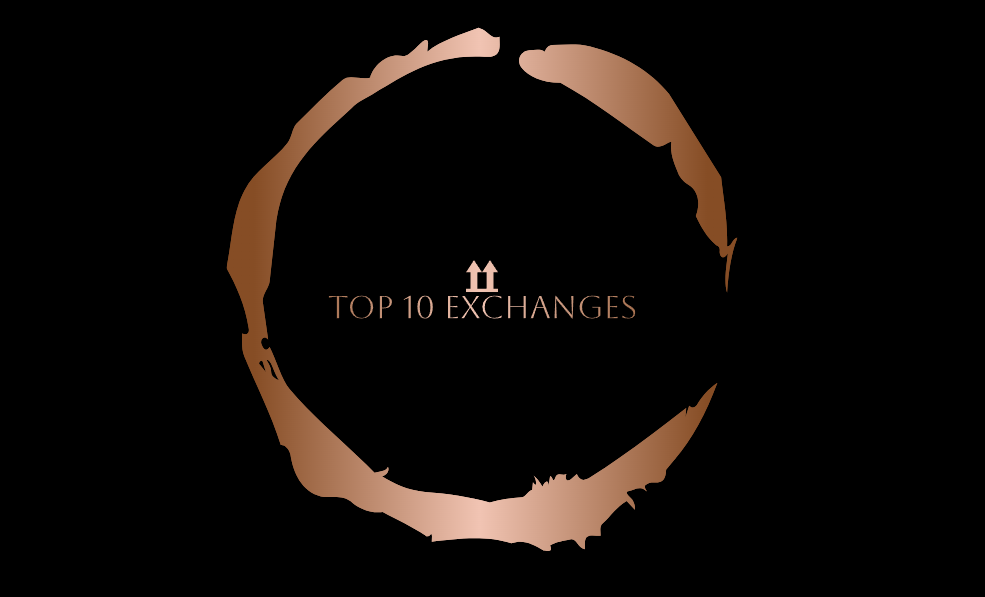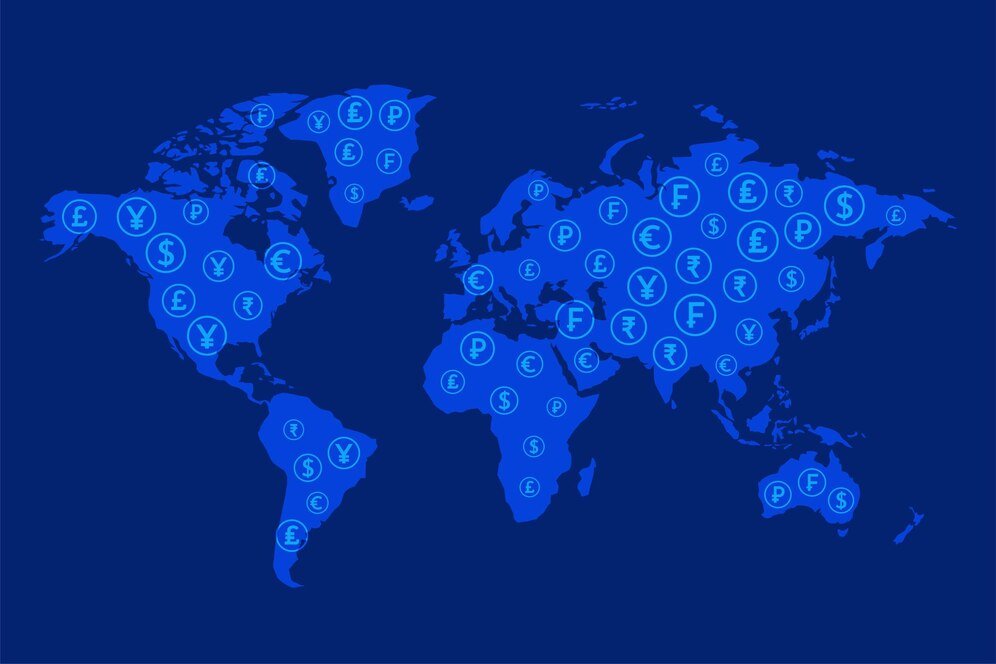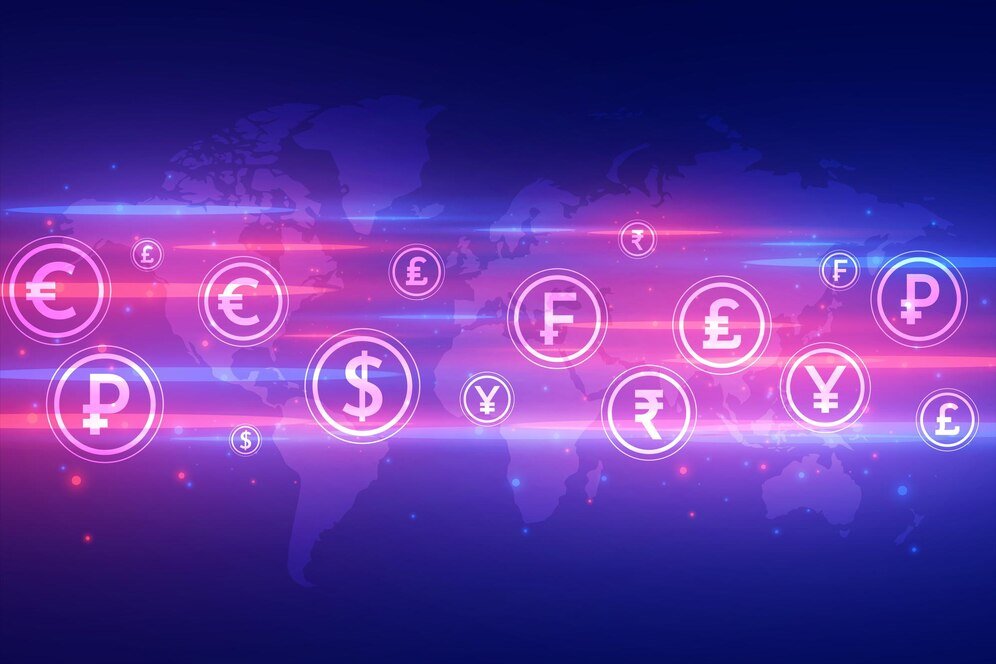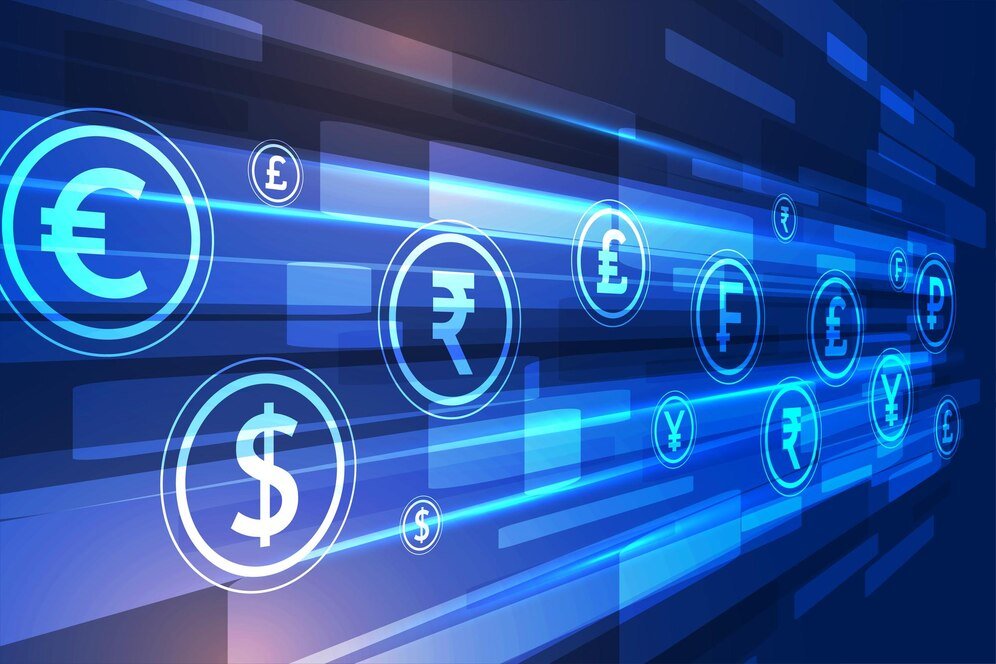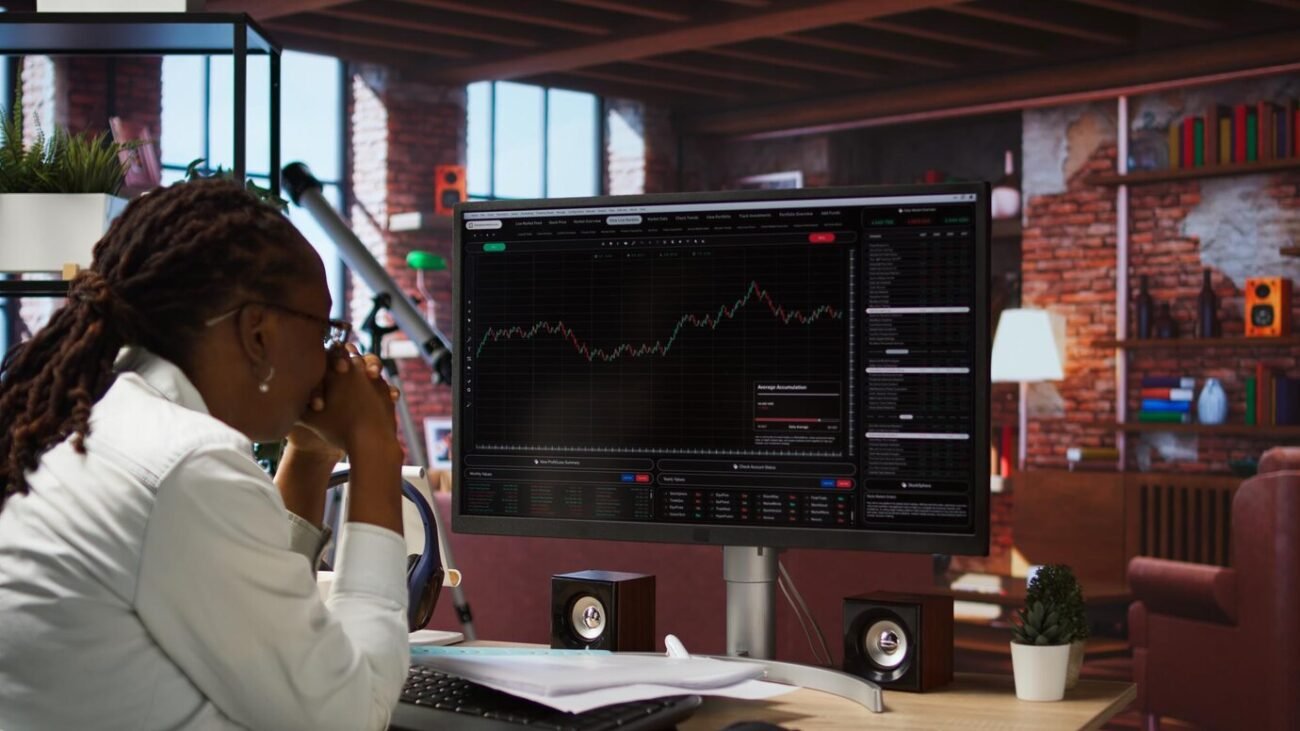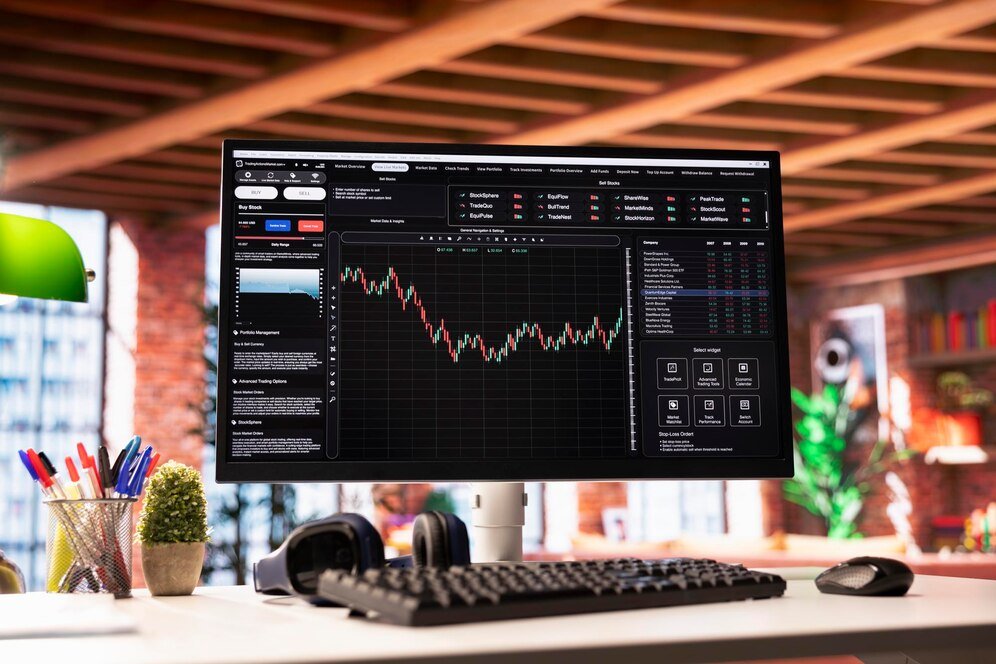Cryptocurrency has experienced explosive growth in Asia, a region that accounts for a significant share of global crypto trading volume. Countries like Japan, South Korea, Singapore, and China have become key players in the digital asset space, each with unique regulatory frameworks that influence the evolution of crypto exchanges. In this blog, we’ll explore how regulations across Asia are shaping the features, operations, and offerings of cryptocurrency exchanges.
The Regulatory Landscape in Asia
Asia’s regulatory environment is diverse, with some nations embracing crypto innovation while others enforce stricter controls. Here’s a snapshot of the region’s regulatory approaches:
- Japan: A leader in crypto regulation, Japan has a well-defined legal framework under the Payment Services Act (PSA), requiring exchanges to register and comply with strict anti-money laundering (AML) and security protocols.
- South Korea: Known for its stringent oversight, South Korea mandates real-name trading accounts and imposes heavy regulations to curb money laundering and tax evasion.
- Singapore: A crypto-friendly hub, Singapore regulates exchanges under the Payment Services Act, focusing on licensing, consumer protection, and AML measures.
- China: While crypto trading and mining are heavily restricted, China’s government has embraced blockchain technology, pushing exchanges to innovate in blockchain applications rather than traditional crypto trading.
- India: The legal status of cryptocurrencies in India has been uncertain, with proposed legislation fluctuating between bans and regulation. Exchanges are adapting to meet compliance with evolving guidelines.
Key Features Influenced by Asian Regulations
1. Enhanced Security Measures
Stringent regulations across Asia have pushed exchanges to adopt robust security protocols. Regulatory bodies require exchanges to:
- Implement multi-factor authentication (MFA).
- Maintain cold wallets for the majority of funds to mitigate hacking risks.
- Conduct regular security audits and penetration testing.
In Japan, for example, exchanges are mandated to keep customer funds separate from operational assets and to ensure robust cybersecurity measures.
2. Compliance with AML and KYC Standards
To combat illicit activities like money laundering and fraud, Asian regulators emphasize strict Know Your Customer (KYC) and Anti-Money Laundering (AML) requirements.
- Real-Name Verification: In South Korea, users must link their accounts to bank-issued real-name accounts.
- Transaction Monitoring: Exchanges in Singapore and Japan must report suspicious transactions to authorities.
- Customer Verification: Exchanges must verify the identity of users through ID documentation and address proof.
These measures have significantly influenced how exchanges onboard customers, often at the expense of anonymity—a key feature favored by early crypto enthusiasts.
3. Licensing and Registration Requirements
In countries like Japan and Singapore, obtaining a license is a prerequisite for operating as a crypto exchange. Licensing often comes with compliance checks, including:
- Financial audits to ensure solvency.
- Risk management frameworks to protect user funds.
- Transparent disclosures of operational policies and fee structures.
For example, Singapore’s Monetary Authority of Singapore (MAS) requires exchanges to secure a Payment Services License, which has raised the bar for entry into the market.
4. Focus on Consumer Protection
Asian regulators prioritize protecting retail investors, driving exchanges to implement user-centric features such as:
- Insurance Funds: Many exchanges now offer insurance coverage for user funds in case of hacks or system failures.
- Educational Resources: Platforms are required to provide educational tools to inform users about the risks of crypto trading.
- Risk Warnings: Exchanges must display clear disclaimers about market volatility and potential losses.
South Korea has been particularly active in mandating risk disclosures and ensuring exchanges cater responsibly to retail investors.
5. Stablecoin and Fiat Integration
To comply with local regulations, many exchanges in Asia focus on stablecoin trading pairs and seamless fiat-to-crypto gateways. This is especially evident in Japan and South Korea, where exchanges facilitate smooth integration of local currencies (JPY and KRW) for trading.
In Singapore, crypto exchanges often offer stablecoin options like USDT and USDC to bridge the gap between fiat and crypto without exposing users to volatile assets.
6. Innovation in Blockchain Applications
In restrictive environments like China, exchanges have pivoted towards blockchain technology rather than cryptocurrency trading. This includes features like:
- Blockchain-based payment systems.
- Supply chain management solutions.
- Integration of blockchain with central bank digital currencies (CBDCs).
Chinese exchanges are leveraging blockchain to remain relevant while adhering to the government’s crypto restrictions.
Challenges Faced by Exchanges in Asia
- Navigating Regulatory Complexity: The fragmented regulatory landscape in Asia requires exchanges to adapt their operations country by country, increasing operational costs.
- Balancing Privacy and Compliance: Stricter KYC and AML measures compromise user privacy, leading to dissatisfaction among certain traders.
- Uncertainty in Policy: Countries like India create challenges for exchanges due to unclear and frequently changing policies.
- Competition Among Exchanges: Regulatory compliance is expensive, making it difficult for smaller exchanges to compete with larger, established players.
Opportunities for Exchanges in Asia
While regulations pose challenges, they also present opportunities for growth and innovation. Here’s how exchanges can thrive:
- RegTech Integration: Adopting regulatory technology (RegTech) solutions can help exchanges streamline compliance processes and reduce costs.
- Institutional Partnerships: By aligning with financial institutions, exchanges can enhance credibility and access new user bases.
- Localized Offerings: Tailoring services to meet local regulatory requirements and cultural preferences can help exchanges gain market share.
The Future of Crypto Exchanges in Asia
As regulations in Asia continue to evolve, crypto exchanges are likely to see further transformation in their features and operations. Trends to watch include:
- Increased Institutional Participation: With clearer regulatory frameworks, institutional investors may enter the market, driving demand for professional-grade features.
- Focus on Decentralization: Regulatory scrutiny may push exchanges to adopt decentralized models to circumvent certain restrictions.
- CBDC Integration: Central Bank Digital Currencies are gaining traction in Asia, and exchanges will likely integrate these digital fiat currencies into their platforms.
Conclusion
Regulations in Asia are playing a pivotal role in shaping the cryptocurrency exchange landscape. While compliance can be challenging, it also pushes exchanges to innovate, prioritize security, and deliver enhanced user experiences. Whether it’s through robust KYC measures, fiat integration, or blockchain innovation, the exchanges that adapt to the evolving regulatory landscape are poised to thrive in one of the world’s most dynamic crypto markets.
For traders, understanding these regulatory-driven features is essential to navigating the Asian crypto market and choosing the right exchange for your needs.
